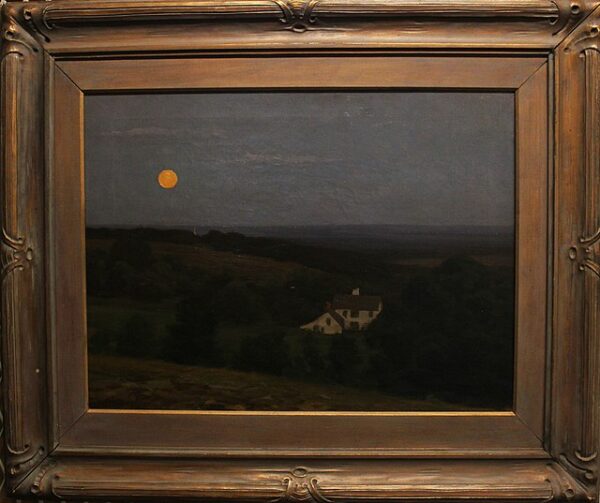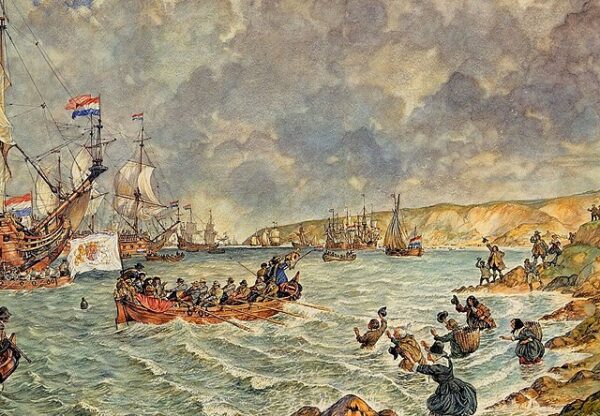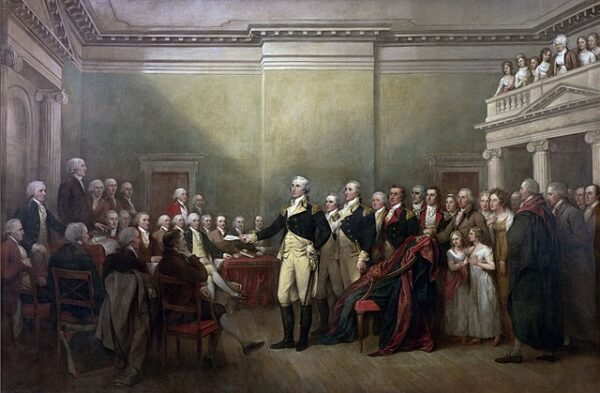May 19, 1780 started like any other day. The sun rose, farmers went to work, shopkeepers opened their stores, and people moved about their morning routines. But by late morning, across much of New England and parts of eastern Canada, something strange began to unfold: the daylight began to fade. By noon, it was as dark as night.
Known ever since as New England’s Dark Day, the event brought normal life to a halt. People lit candles to see indoors. Animals behaved as if the day were over—birds roosted early, cows returned to their barns, and chickens settled into their coops. In some places, stars and even the moon were visible in the sky. And in towns like Boston, people reported that it was so dark you couldn’t read a newspaper or even clearly make out your hand in front of your face.
The darkness wasn’t caused by a solar eclipse—astronomers confirmed none had been expected. And there wasn’t any storm or heavy cloud cover. Instead, it seemed to come out of nowhere, sweeping in slowly but completely. By evening, the gloom finally lifted. But for many, the memory of the eerie silence and deep blackness would linger long after the skies cleared.
In an era when science was just beginning to compete with long-held religious beliefs, many people saw the dark sky as a sign from God. Preachers gave sermons warning that Judgment Day was at hand. Some townspeople gathered in churches to pray. In Connecticut, when legislators considered ending their session early out of fear, Councilman Abraham Davenport stood his ground. “If it is the end of the world,” he said, “I want to be found doing my duty.” His calm resolve was later praised in stories and poems as a symbol of reason in the face of fear.
Others tried to explain what had happened. Some guessed it might be a sign of volcanic activity or a massive storm in a far-off region. But the truth wouldn’t be uncovered until long after the event. Today, scientists believe the darkness was caused by enormous wildfires burning hundreds of miles to the north in what is now Ontario, Canada. Dry conditions, along with strong winds and a weather system that trapped the smoke near the ground, likely sent thick clouds of ash and soot drifting southward over New England. Modern studies of tree rings in the region show strong evidence of major fire damage around 1780, lining up with what eyewitnesses described.
Still, the effect of the Dark Day wasn’t just physical—it was deeply emotional and cultural. For a society that was just beginning to shift from religious to scientific explanations of the world, the event exposed how vulnerable people felt when nature suddenly broke the rules. It also reminded them how quickly the familiar could become foreign. In a moment, day turned to night, order gave way to confusion, and the known world felt unstable.
The Dark Day became part of New England’s folklore and was remembered for generations in stories, sermons, and newspaper accounts. It marked a point in time when faith, fear, and curiosity all collided. And even now, more than two centuries later, it serves as a powerful example of how a single day—when the sky turned black at noon—can shape a region’s memory and remind us of how much we still don’t fully understand about the world around us.






